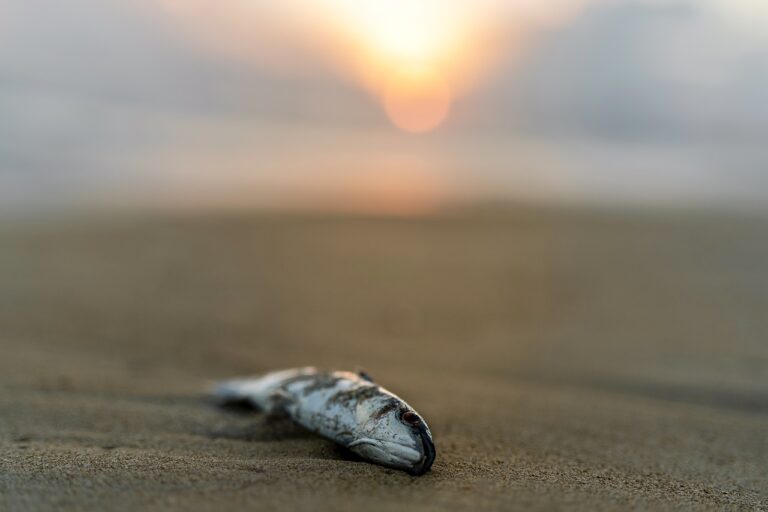The death of a pet fish can be an upsetting experience, especially if you’re unsure of what to do next. Beyond the emotional aspect, there are practical steps to ensure the health of your aquarium and the remaining fish. In this guide, we’ll discuss the best practices for handling the situation, including whether you need to change the water.
Step 1: Remove the Dead Fish Immediately
When you notice a fish has died, the first step is to remove it from the tank as quickly as possible. Dead fish decompose rapidly, releasing harmful toxins like ammonia into the water. These toxins can be hazardous to the other fish and disrupt the delicate balance of your aquarium ecosystem.
Step 2: Assess the Cause of Death
Before taking further action, try to determine why the fish died. Common causes include:
- Poor water quality
- Disease or infections
- Overcrowding
- Stress from tank mates or environmental conditions
Understanding the cause can help you prevent future deaths and address potential risks for the remaining fish.
Step 3: Should You Change the Water?
The short answer is yes, but the extent of the water change depends on the situation:
- Partial Water Change (25–50%): If the fish died recently and there are no signs of disease, a partial water change can help remove toxins without completely disrupting the tank’s ecosystem.
- Full Water Change: If the fish showed signs of illness or if the water quality is severely compromised, a full water change might be necessary. Be sure to clean the tank thoroughly and treat the water before adding it back.
Changing water too frequently or in large quantities can stress the remaining fish, so balance is key.
Step 4: Test and Treat the Water
Use a water testing kit to check for:
- Ammonia
- Nitrite
- Nitrate
- pH levels
If ammonia or nitrite levels are high, treat the water with an appropriate aquarium conditioner. Maintaining proper water parameters is essential for the health of your fish.
Step 5: Clean the Tank
While performing the water change, take the time to:
- Remove debris and uneaten food
- Vacuum the substrate to clear waste buildup
- Check and clean the filter
A clean tank minimizes the risk of contamination and ensures a healthy environment for your fish.
Step 6: Monitor Your Remaining Fish
Keep a close eye on the behavior and health of the surviving fish. Look for symptoms such as:
- Erratic swimming
- Loss of appetite
- Discoloration
- Fin damage
If you notice signs of illness, quarantine the affected fish and treat the tank with appropriate medications.
Preventing Future Fish Deaths
To reduce the likelihood of losing more fish, follow these best practices:
- Maintain Water Quality: Test the water regularly and keep the parameters stable.
- Provide a Balanced Diet: Feed your fish the right type and amount of food to avoid overfeeding.
- Avoid Overcrowding: Ensure the tank is appropriately sized for the number of fish.
- Introduce Fish Gradually: Acclimate new fish to the tank to minimize stress.
- Regular Tank Maintenance: Schedule routine cleaning and water changes.
Explore More Tips on Aquarium Care
For more in-depth advice on fishkeeping, aquarium maintenance, and pet care, visit AnimalVibe.net. The site offers valuable insights to help you create a thriving aquatic environment.
References
- Aquarium Water Quality: Comprehensive tips for maintaining a healthy tank.
- Fishkeeping Basics: Explore guides on water parameters, fish diets, and tank cleaning techniques at AnimalVibe.net.
- Ammonia and Water Testing: Learn more about water quality at trusted aquarium care forums and resources.
Handling the death of a fish is a delicate process, but with proper steps, you can protect your remaining fish and maintain a healthy tank environment.


